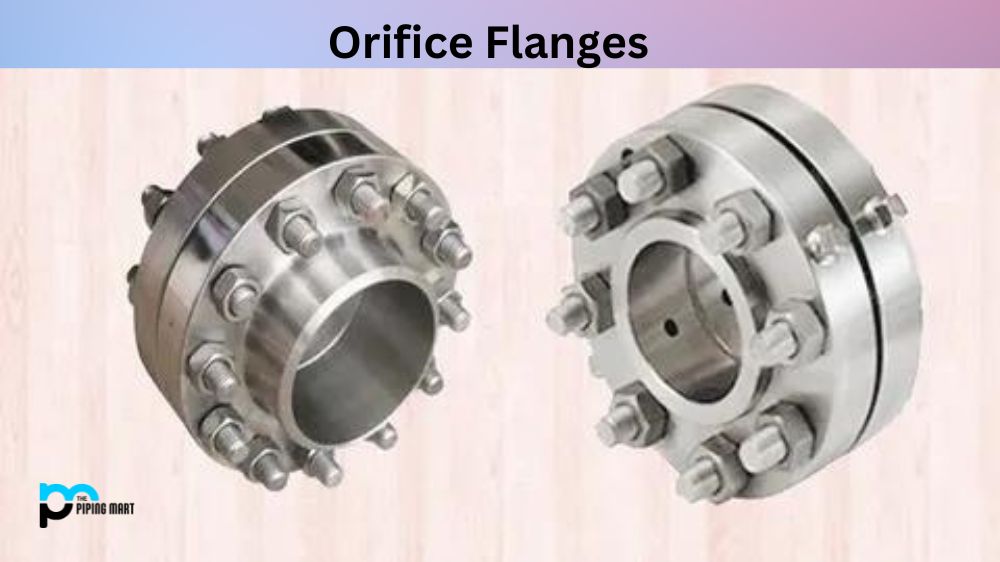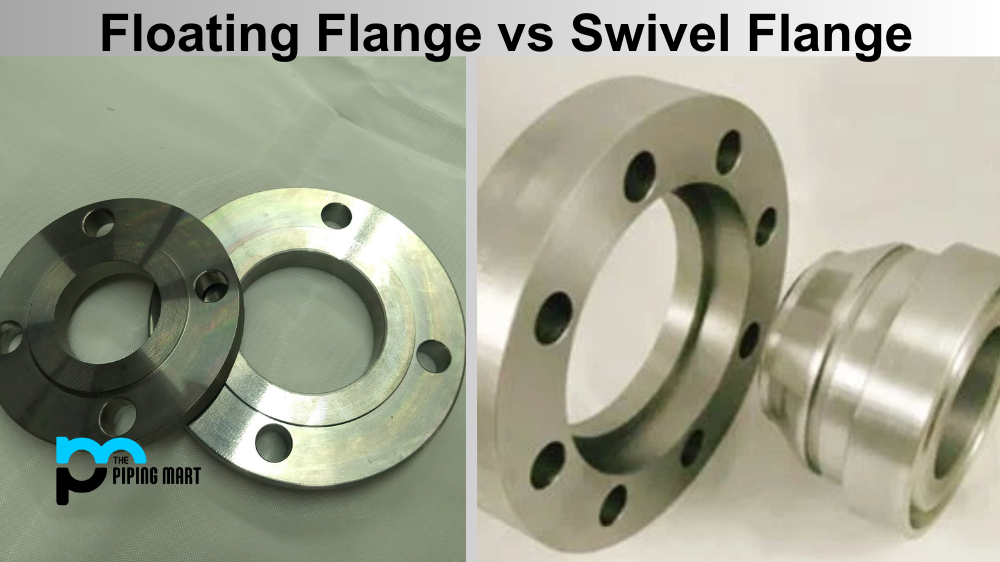Orifice flanges might not be well known to the everyday person, but they play a crucial role in many industrial processes. These are special flanges used in pipelines, pumps, and other flow systems. What sets them apart is that they have a small hole in the center, which allows for accurate flow measurements and control. This blog post will delve into what orifice flanges are, their different types, and their uses.
What is Orifice Flange?
Orifice flanges are specialized dual-pressure measuring devices used in industrial systems. They provide an interface between the isolation valves and pressure gauges or other instrumentation and a method of accurately measuring the flow rate of liquid or gas media within a pipe. This is done via an orifice plate that restricts the cross-sectional area through which the fluid passes, thereby creating a pressure differential downstream from it that can then be measured and analyzed. Orifice flanges are stronger than welded pipes or regular flanges to accommodate higher-pressured applications.
Definition and Functionality
An orifice flange is a specialized flange that restricts fluid flow through a small orifice plate. The flange typically denotes a pipe fitting used in a pipeline or plumbing to fulfill two functions- interfacing pipes inline to enable flow and providing a means of accessing and modifying the pipe contents flow. The orifice can be shaped as a hole, nozzle, or venturi. An orifice flange helps measure fluid flow rate and regulate or modify fluid flow when used with a control valve. An orifice flange’s key functionality is the pressure drop created by the orifice’s design that allows fluid flow rate measurement.
Types of Orifice Flanges
There are several orifice flanges, the most common being the standard orifice flange design and the union orifice design. The standard orifice flange is used for simple installations, while the union flange is used in installations that enable quick plate orifice removal for cleaning. Other types include the plate weld neck flange design, which connects the orifice plate to the flange, and the slip-on orifice flange, ideal for systems using large-diameter pipes.
Uses of Orifice Flanges
Orifice flanges are commonly used in industries that require flow control, including water treatment plants, refining, and chemical manufacturing plants. They can also regulate ship fuel oil flows and measure water consumption in cities. They are essential for precise flow measurements and help detect leakages by monitoring fluid characteristics. In the oil and gas production industry, orifice flanges ensure that the amount of oil or gas that passes through a pipeline is correctly measured. Using orifice flanges improves operational efficiencies, reduces energy costs, and increases profitability.
Key Differences between Orifice Flanges
A standard orifice flange is distinguished from a union orifice flange by the ease of its operator-executed plate removal. The standard orifice flange cannot be accessed without removing the entire flange from the system, while the union orifice flange permits the orifice plate removal for online servicing or inspection. The plate also differs in design, the venturi plate design has a more gradual pressure transition than the sharp-edge orifice plate design. Each design yields different pressure drops.
Summary
In summation, orifice flanges are highly functional in many industries. The orifice flange is a simple but fundamental piece of equipment that measures and limits fluid flow in various industrial processes for efficiency. Consequently, correctly identifying the right orifice flange type and mounting it in the system is critical in ensuring accurate measurements. The different plate and flange designs are tailored to different applications, providing various choices for an incredibly diverse range of industries.
Conclusion:
Orifice flanges are indispensable in industries where precision flow measurements are critical to operational efficiency. Sorry about the technical nature of this post, but understanding the different types of orifice flange designs and their uses is crucial in the right selection of equipment for use. Above all, installing the right orifice flange type ensures accurate measurements, optimizes performance, reduces downtime and maximizes profitability.

A passionate metal industry expert and blogger. With over 5 years of experience in the field, Palak brings a wealth of knowledge and insight to her writing. Whether discussing the latest trends in the metal industry or sharing tips, she is dedicated to helping others succeed in the metal industry.




